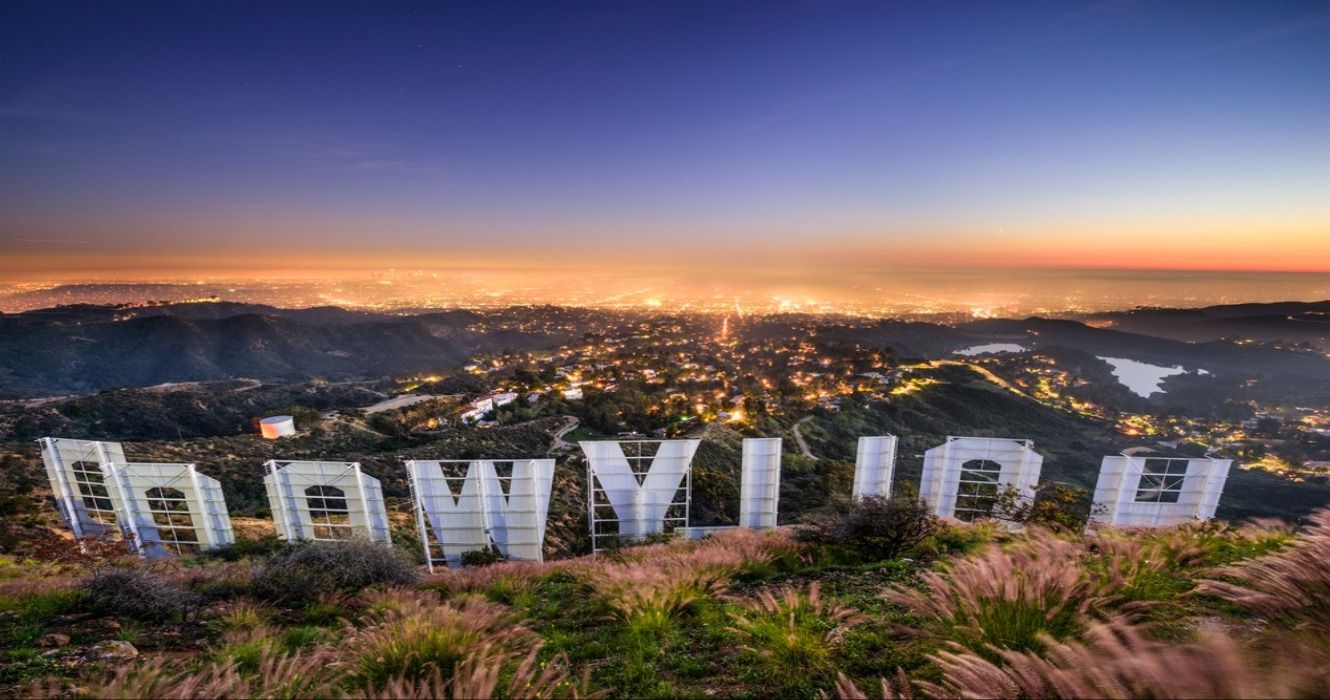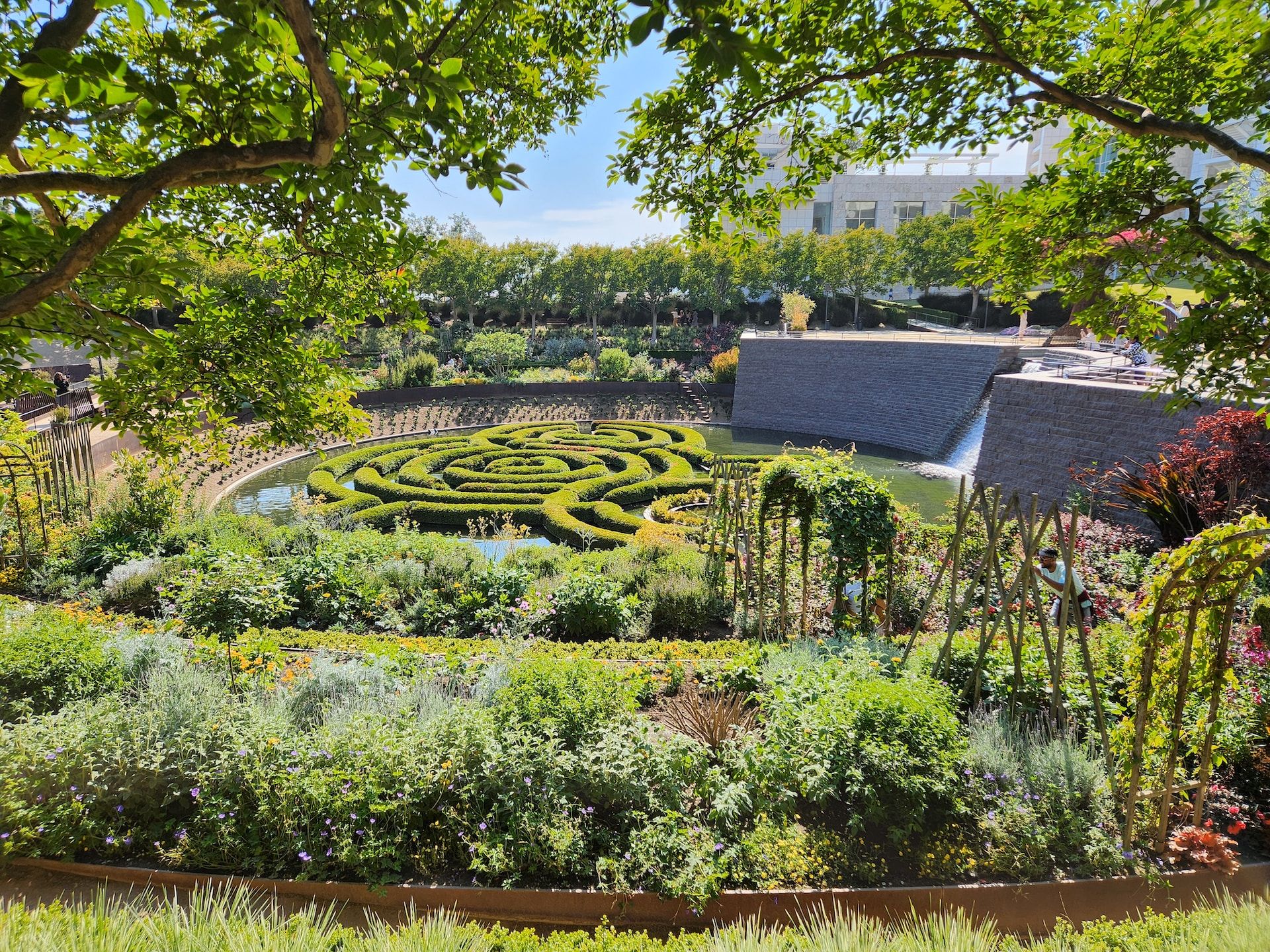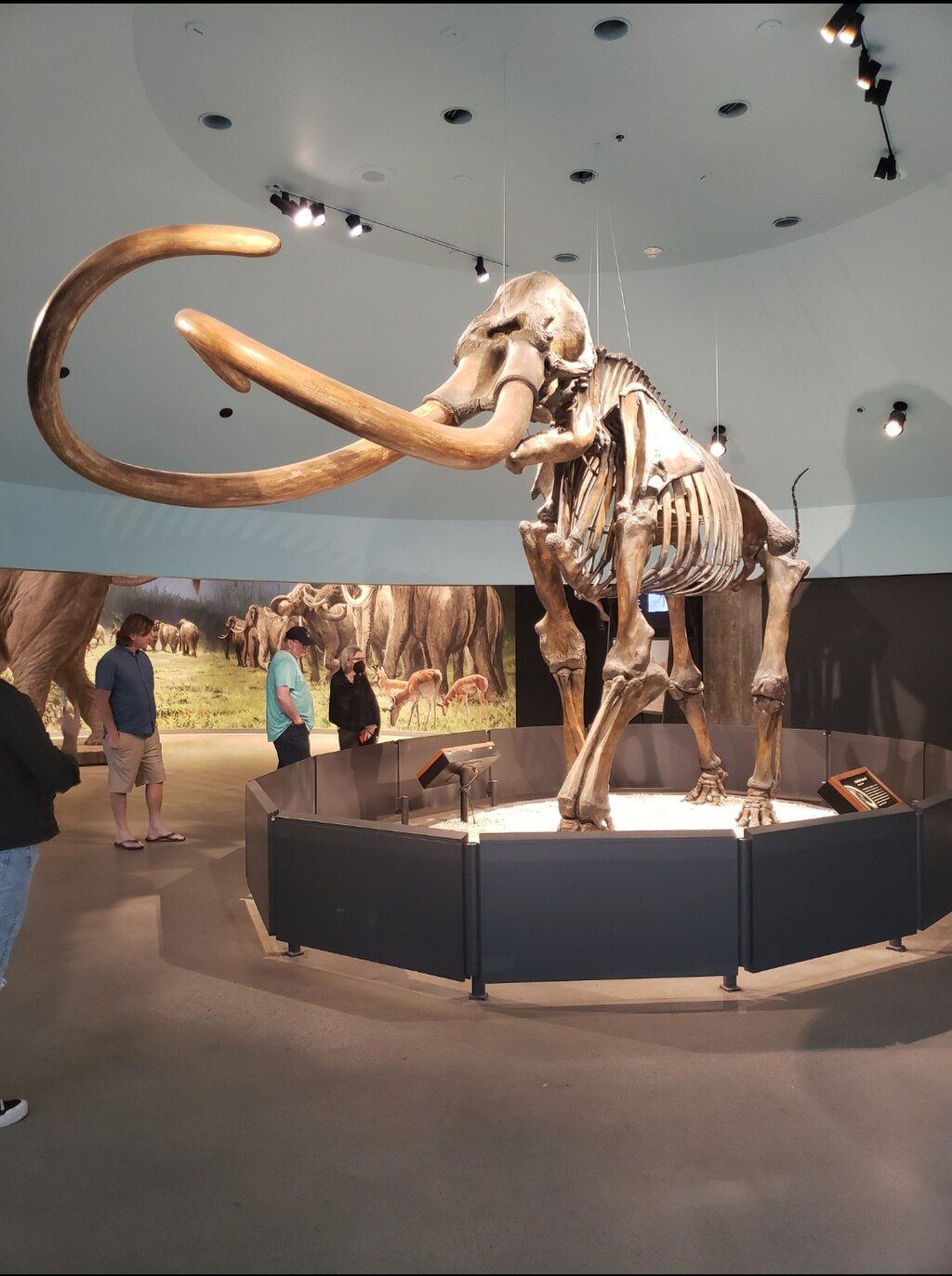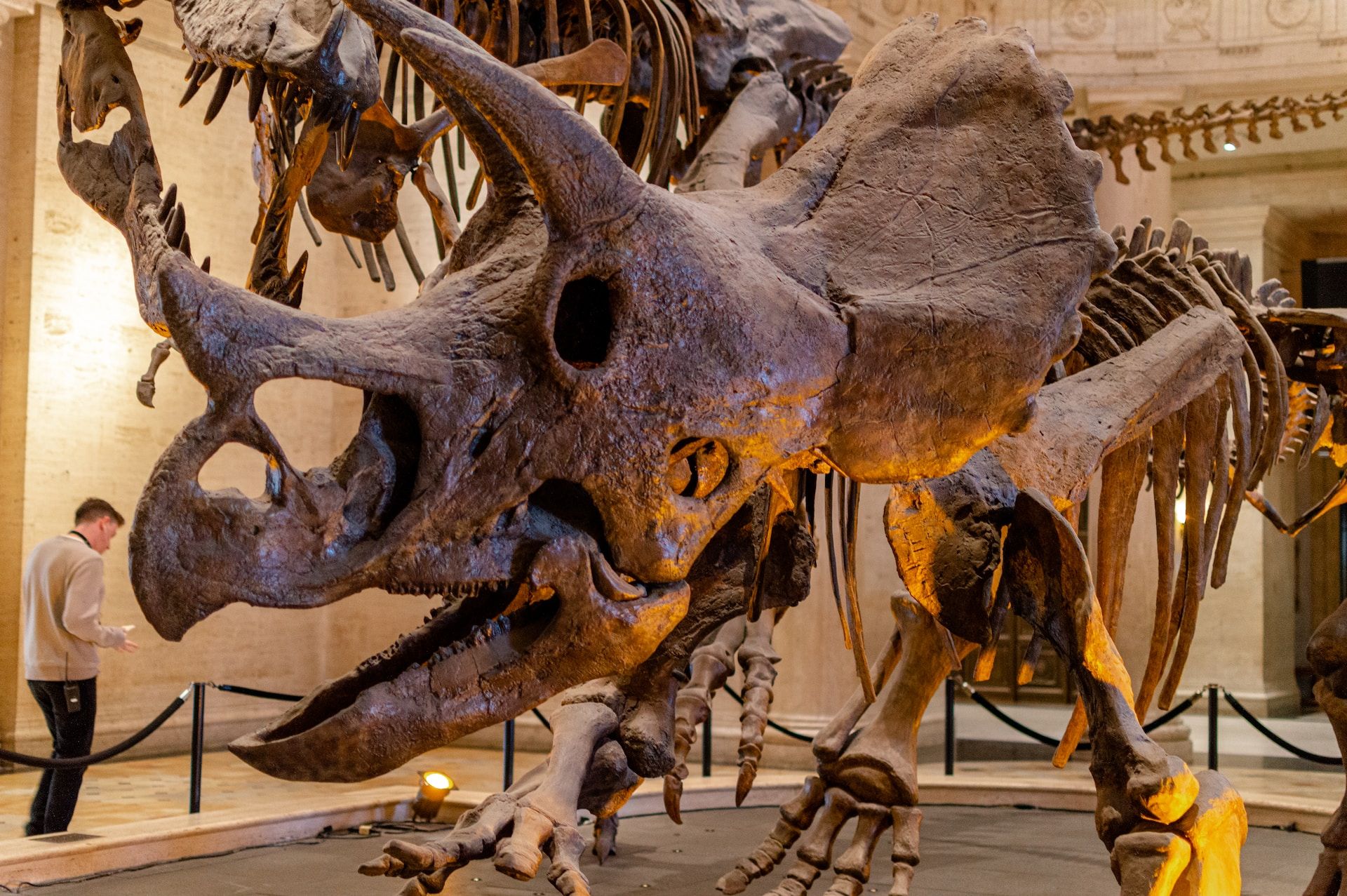Summary
- Visitors to California should make a stop at the Getty Center, home to stunning art and architecture and offering a breathtaking view of LA.
- The La Brea Tar Pits, located in West Hollywood, provide a unique opportunity to explore ice age fossils and learn about prehistoric ecology.
- The California Academy of Sciences is a must-visit, with exhibits ranging from a rainforest to a planetarium, showcasing the wonders of the natural world.
When taking a road trip out to the West Coast, tourists typically want to break up their long hours of driving with fun activities. And what better activity could there be after sitting in a car for hours and hours than stretching one's legs at a local museum? Since California is one of the most culturally-rich states in America, it has countless museums, national parks, and ecological wonders to see. Visitors to the Golden State have so much history, nature, and science to explore and learn about.
California's human past extends back at least 11,000 years, with robust human and animal activity taking place during the last ice age. Since then, the Chumash Native Americans have lived in, explored, and utilized the local natural environment. Many of California's museums are dedicated to this long, cherished history, so visitors on a road trip out west should definitely stop to learn!
On the other hand, California is a place of cutting-edge technology and is home to several space exploration centers and planetariums. Visitors will be able to get a small glimpse into humanity's future by visiting one of these planetariums.
With so much to explore, visitors will have to take a road trip to the West Coast just to see these amazing museums. Find out all about the best museums in California!
10 Getty Center
The Getty Center, one of the campuses of the wide-reaching Getty Museum, is one of the best museums in all of California. With sprawling gardens, unique architecture, a full research institute, and a stunning view of LA, the Getty Center is a must-see for tourists headed out west.
Visitors here can walk through the ornate Central Garden or can relax by the inner courtyard. On hot days, visitors can head inside the J. Paul Getty Museum to see culturally-important art like Irises by Vincent van Gogh and Portrait of a Halberdier by Pontormo.
- Admission: free
- What to see here: the Central Garden, the Cactus Garden, the inner courtyard, Irises by Vincent van Gogh, Portrait of a Halberdier by Pontormo, hundreds of works of art in the museum
9 The Getty Villa
For a taste of Ancient Rome on the West Coast, the Getty Villa will not disappoint! Based on the Villa of the Papyri from the Ancient Roman town of Herculaneum, this villa was built by J. Paul Getty as a museum of Ancient artwork.
Built as an authentic Ancient Roman house, the villa has an impressive colonnaded courtyard with fountains, lively and colorful rooms, and an ancient-style garden. Artwork that visitors here will see includes examples from all around the Greco-Roman world, including notable works such as the Lansdowne Herakles, the Getty kouros, and the Marbury Hall Zeus.
Other notable works and collections include Roman glassware, mummy portraits from Roman Egypt, and Roman fresco fragments.
- Admission: free
- What to see here: Ancient artwork from the Mediterranean, gorgeous Roman architecture based on the Villa of the Papyri, Roman-style gardens
8 Los Angeles County Museum Of Art
The largest art museum on the West Coast, the LA County Museum of Art is one of the best museums in California. While the museum is famous for its beyond-impressive modern art collection (the museum can boast 20 works by Pablo Picasso!), the museum also has a robust collection of Latin American art.
This collection includes a series of fantastic pre-Columbian galleries, as well as 20th-century galleries dedicated to Diego Rivera, a mural painter known for being the husband of Frida Kahlo, and Rufino Tamayo, a Zapotec surrealist painter who drew inspiration from ancient Mexico.
- Admission: Adult $25, Youth $10, Seniors $21, Students $21
- What to see here: modern art from Pablo Picasso, Diego Rivera, and Rufino Tamayo, Latin American art, Asian art
7 The La Brea Tar Pits
Located right next to the LA County Museum of Art in West Hollywood is a unique site that has captured human interest for thousands of years: the La Brea Tar Pits. Although the site is now a museum, research center, and archeological park, it was once a sprawling field of tar pits made from crude oil that seems up from the earth.
What makes this site so spectacular are the thousands of prehistoric animal remains found here. Animals would wander into the pits and get stuck, leading to their bones being preserved by the thick tar. Some of these animals include mammoths, dire wolves, ground sloths, saber-toothed cats, and more. Neolithic humans were also known to live near here from at least around 8,000 BCE onwards.
Native people from the area, like the Chumash, used the tar pits to coat redwood planks, thus making watertight boats. Visitors here can learn about the prehistoric ecology of California at the George C. Page Museum, which is part of the site.
Who would have thought that such a treasure of ice age fossils could be found in the center of LA?
- Admission: Adult $15, senior $12, student $12, child $7, infants are free
- What to see here: George C. Page Museum to learn about local prehistoric ecology, ancient tar pits, learn about Native cultures of the area
6 Chumash Indian Museum
The Chumash Native Americans have lived in California for at least 11,000 years, featuring a rich culture that produced gorgeous pictographs, beads, and woven baskets. To learn about them, tourists to California should check out the Chumash Indian Museum, located in Thousand Oaks.
Visitors here can learn about pre-contact life along California's coast at the indoor museum, where they can see woven art, tools, and other artifacts. In the outdoor section of the museum, visitors can explore a reconstructed Chumash village.
There are also gardens here, as well, which feature native plants, and hiking trails. One of the biggest draws to this location is the Chumash cave paintings that date to between 4,000-2,000 BCE. These paintings are viewable on tours led by the museum.
Visitors should also check out the Chumash Indian Museum website, where they can discover museum events, including book clubs, flintknapping workshops, guided tours, and more.
- Admission: adults $7, children $5, seniors $5
- What to see here: learn about Ancient Chumash culture, see ancient artifacts, explore hiking trails and gardens, see a reconstructed village
5 Griffith Observatory
From the deep past to the far future, the Griffith Observatory is the place to go in California to learn about the stars. Visitors here can explore several different exhibits, including the Wilder Hall of the Eye (which celebrates the history of human space observation), the Edge of Space Exhibit, the Sparkling Ribbon of Time exhibit, the Gunther Depths of Space, and the Keck Central Rotunda.
This museum is also significant because it has a public space observatory that is available to visitors on clear days. Finally, visitors should explore the Samuel Oschin Planetarium, which lets visitors learn about the galaxy through star-projector shows.
- Admission: free
- What to see here: the Wilder Hall of the Eye, the Edge of Space Exhibit, the Sparkling Ribbon of Time exhibit, the Gunther Depths of Space, the Keck Central Rotunda, a public space observatory, and the Samuel Oschin Planetarium
4 Natural History Museum Of Los Angeles County
To learn about 4.5 billion years of Earth's history, visitors should head to the Natural History Museum of Los Angeles County. This museum has something for everyone, from exhibits on anthropology to minerals to dinosaurs.
One of the biggest draws to this museum is the giant collection of marine specimens. Visitors can learn all about marine ecology here! This museum actually has one of the largest collections of marine mammal specimens anywhere in the world.
- Admission: Adults $15, Seniors $12, Students $12, Children $7
- What to see here: exhibits on anthropology, minerals, dinosaurs, mammals, and marine ecology
3 Monterey Bay Aquarium
What could be a better thing to do on a West Coast rainy day than to head to the Monterey Bay Aquarium? This aquarium, museum, and conservation center is one of California's premier sites to learn about both local and global marine ecosystems, and is the perfect place to bring kids on a field trip!
Here, visitors can explore a wide variety of exhibits, including a massive kelp forest exhibit. This exhibit towers 28 feet up, so visitors can experience what it would be like to stand at the bottom of an ancient resurfaced kelp forest.
Visitors can also see another incredible marine feat in the Open Sea exhibit: here, visitors can look into the aquarium's largest tank, which holds 1.2 million gallons of water!
This aquarium is also famous for its conservation efforts. One of the main focuses of the conservation center is to promote jellyfish propagation, including the propagation of comb jellies and the purple-striped jelly.
Visitors here can also learn about the aquarium's conservation of local sea otters—an adorable draw for many tourists!
- Admission: Adults $59.95, Seniors $49.95, Youth $49.95, Child: $44.95
- What to see here: 28-foot high kelp forest, Open Sea Exhibit featuring a 1.2 million gallon tank, unique animals such as purple-striped jellies and sea otters
2 California Academy Of Sciences
The California Academy of Sciences is one of the largest natural history museums in the world. Here, visitors can explore a variety of different exhibits, including a planetarium, a rainforest encased in a 90-foot wide dome, an aquarium with reefs and tidepools, and even a rare albino American alligator.
Between 2005-2008, the museum underwent considerable reconstruction, which focused on the intersection of environmentalism and building. Some of the new changes include a green roof for planting native plants, featuring reused materials, and the recycling of rainwater.
So while visitors walk past the massive T-rex skeleton that the museum has, they can ponder the positive impact that their visit has on the environment through sustainable building.
- Admission: Adults $39.25, Seniors $34.25, Youth $30.50, Students $34.25
- What to see here: the planetarium, the rainforest exhibit, the reef and tide pool exhibits, an albino American alligator, dinosaur skeletons, a green roof with native plants, a building made from recycled materials
1 M. H. de Young Museum
One of San Francisco's crown jewel attractions is the M. H. de Young Museum. This art museum is considered to be one of the most-visited art museums in the world and is one of California's best museums.
With a long history stretching back to 1895, this museum has a robust collection of American art, Pacific and African art, South American art, international contemporary art, and textile art. One piece that is considered to be a particular highlight is Frederic Edwin Church's Rainy Season in the Tropics.
- Admission: Adults $20, Seniors $17, Students $11, Youth are free
- What to see here: American art, Pacific and African art, South American art, international contemporary art, and textile art
After exploring some of these incredible California museums, visitors will be ready to hit the road again for the next leg of their West Coast adventure. But they won't be leaving the exact way that they came; the history and nature that travelers will learn about in these museums are things that will stay with them for decades to come.











